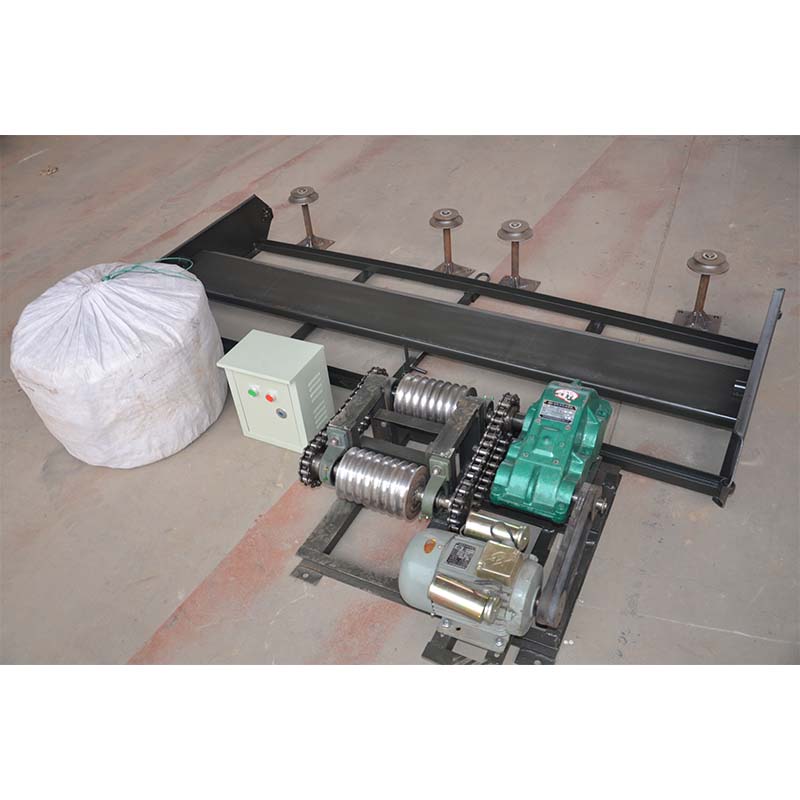chicken layers cage
Dec . 04, 2024 18:06 Back to list
chicken layers cage
The Importance of Cage Systems for Chicken Layers
The poultry industry has seen remarkable advancements in recent years, particularly in the management of chicken layers. With the increasing demand for eggs globally, optimizing egg production while ensuring the health and welfare of the chickens has become essential. One of the most significant innovations in this field is the use of cage systems for chicken layers, which has revolutionized the way eggs are produced.
Cage systems for layers refer to specially designed enclosures that house hens for the purpose of egg production. These cages come in various forms, including battery cages, enriched cages, and aviary systems. Each type has distinct characteristics aimed at maximizing efficiency while also addressing animal welfare concerns.
Efficiency in Egg Production
Cage systems have been designed primarily with efficiency in mind. In conventional battery cages, hens are kept in close quarters, allowing farmers to maximize the number of birds housed in a limited space. This high-density stocking enables increased egg production on a per-square-foot basis, which is crucial for meeting global egg demand. Moreover, these systems are often designed to facilitate automated feeding, watering, and egg collection, minimizing labor costs and reducing the potential for human error.
While traditional battery cages have been criticized for lack of space for hens to move freely, advancements have led to the development of enriched cage systems. These cages provide additional space along with features like perches, nesting areas, and dust bathing facilities, promoting a more natural environment for the hens while still maintaining economic viability for producers.
Animal Welfare Considerations
chicken layers cage

The animal welfare debate surrounding cage systems has been prominent. Critics argue that traditional battery cages restrict hens’ natural behaviors, such as wing flapping, nesting, and social interaction. In response to these concerns, many countries and producers have shifted to enriched cages or even alternative systems like free-range or pasture-raised environments. These alternatives often offer more space and better living conditions but come with increased costs and potential risks, such as higher predation rates and disease transmission.
Maintaining an appropriate balance between productivity and animal welfare is crucial. Enriched cages have emerged as a compromise, aiming to provide hens with enough space to exhibit natural behaviors while still achieving high production efficiency. Animal welfare certification programs are also gaining traction, encouraging farms to adopt humane practices while appealing to consumer preferences.
Economic Aspects
From an economic standpoint, cage systems present both advantages and challenges. The initial investment in cage infrastructure can be significant, but the long-term benefits often outweigh the costs. Automated systems help reduce labor expenses and increase productivity, ultimately leading to a higher return on investment. However, recent shifts in consumer preferences toward cage-free eggs have prompted producers to reevaluate their operational models.
In response to market demand, many poultry farms are transitioning to cage-free systems. This shift requires substantial investment in new housing and management practices, but it also opens up new market opportunities. Consumers are increasingly willing to pay a premium for eggs produced under humane conditions, and this trend is likely to continue as awareness of animal welfare issues grows.
Conclusion
Cage systems for chicken layers play a pivotal role in the poultry industry by improving the efficiency of egg production while addressing animal welfare concerns. As we move forward, the challenge lies in balancing productivity with humane treatment. Adapting to changing consumer preferences will be critical for the survival and growth of the poultry industry in the coming years. By embracing innovation and prioritizing both efficiency and animal welfare, farmers can meet the demands of a rapidly evolving market while ensuring the ethical treatment of their chickens.
-
Hot Sale 24 & 18 Door Rabbit Cages - Premium Breeding Solutions
NewsJul.25,2025
-
Automatic Feeding Line System Pan Feeder Nipple Drinker - Anping County Yize Metal Products Co., Ltd.
NewsJul.21,2025
-
Automatic Feeding Line System Pan Feeder Nipple Drinker - Anping County Yize Metal Products Co., Ltd.
NewsJul.21,2025
-
Automatic Feeding Line System - Anping Yize | Precision & Nipple
NewsJul.21,2025
-
Automatic Feeding Line System - Anping Yize | Precision & Nipple
NewsJul.21,2025
-
Automatic Feeding Line System-Anping County Yize Metal Products Co., Ltd.|Efficient Feed Distribution&Customized Animal Farming Solutions
NewsJul.21,2025






